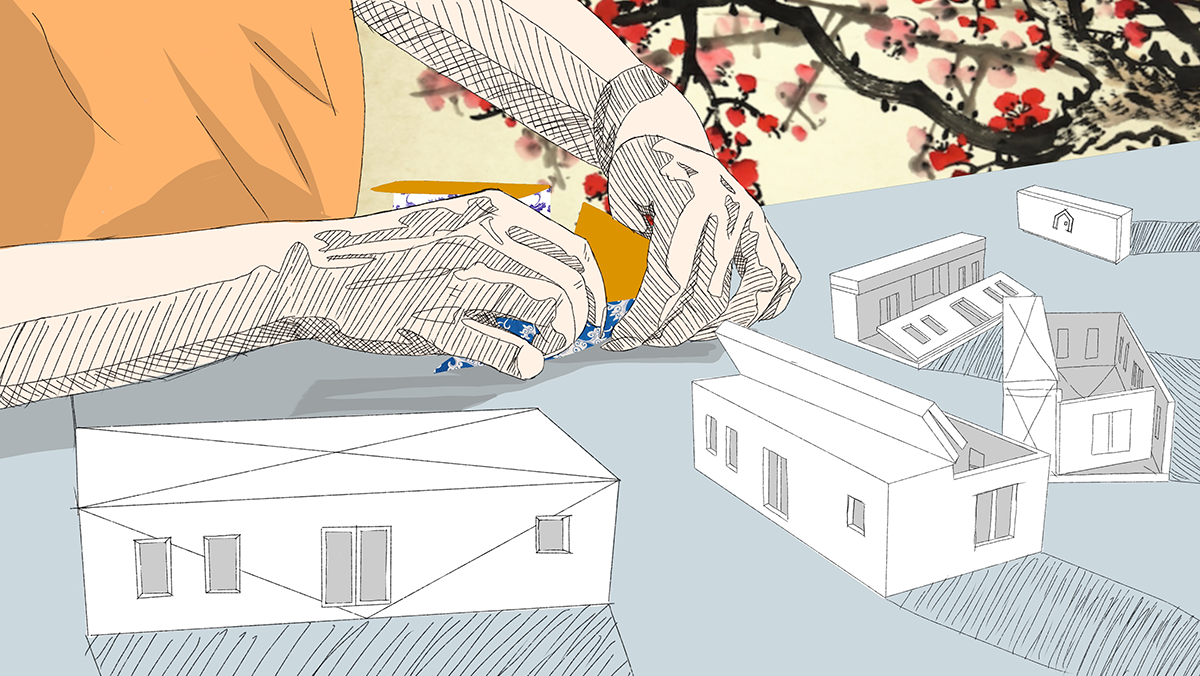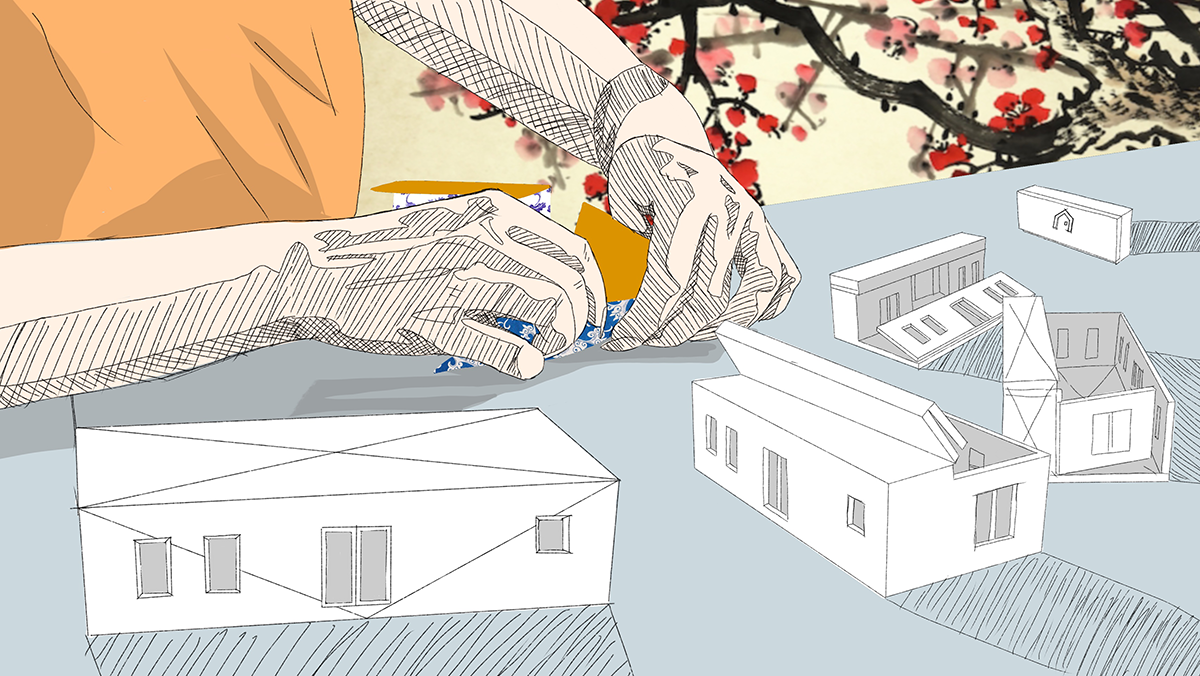
For nearly two decades, Scott Flynn has built some of Boise’s most energy-efficient homes. By utilizing high-quality insulation and other materials, strategically placing windows, and installing solar panels, some of the houses built by his company, Flynner Homes, produce as much electricity as they use. But an energy-efficient home is often an expensive one, so Flynn was selling primarily to Idaho’s wealthiest people. In 2016, he began to rethink the model.
“The question was, what would it take to put everyone on the income spectrum in a Flynner home,” he said. “And that’s where indieDwell arose from.”
Flynn’s latest company takes shipping containers and transforms them into modular homes in its Caldwell, Idaho, factory. IndieDwell’s single-family models cost from $56,000 for a 320-square-foot, single-container cottage to $122,000 for three-container, 960-square-foot units that can fit four bedrooms. Since they’re modular, indieDwell homes can be stacked into multi-family units. The company has built 16 single-family homes so far, Flynn said, and is finalizing agreements to build complexes designated for students, workforce housing, and low-income renters.
According to Flynn, prefabricated homes — those built from factory-made panels or modules that are assembled onsite — like indieDwell’s can help Western cities meet the demand for affordable housing. He’s not alone: Across the region, homebuilders are experimenting with factory-built houses they say are faster, cheaper, and more environmentally friendly than traditional housing.
“A lot of these techniques can reduce the actual construction costs 20 to 30 percent — maybe more,” said Carol Galante, a University of California, Berkeley professor who specializes in affordable housing. “They also save time, so you get them in the ground faster. Those things combined are going to save you a lot of money.”
Long accepted in nations such as Sweden and Japan, factory-built housing has recently found the limelight in the West. Bay Area-based Factory OS (Galante is a member of its board) is under contract to build 300 modular units to house Google employees. Modular complexes designated for people transitioning out of homelessness are springing up in Seattle and Los Angeles. Multistory prefab buildings have recently been stacked in Portland and Oakland; one is in the works in Denver. Companies such as Menlo Park’s Katerra and Seattle’s Blokable are helmed by former tech-industry executives and have received hundreds of millions of dollars from venture capitalists. Students in architecture departments from the University of New Mexico to the University of Colorado Denver are building prefab dwellings.
According to a recent report from the Urban Land Institute, new construction of smaller and mid-size homes all but stopped in the years after the late-2000s recession, making it increasingly difficult for middle-class Westerners to purchase a home since prices have risen while wages stagnated. In Las Vegas, for instance, home prices increased 83 percent from 2012 to 2017, while incomes were up just 1 percent in that timeframe.
Champions of prefab housing believe their construction methods will help boost housing supply more quickly and at a lower price point. By building in a factory, companies say they can better control price, quality, and labor supply.
“You get a lot of the same efficiencies that are the reason everyone has an iPhone in their pocket,” said Galiano Tiramani of Boxabl, a Las Vegas startup that is developing panelized rooms builders can then assemble into various layouts. Boxabl and indieDwell participated in a recent event hosted by the U.S. Department of Housing and Urban Development showcasing innovations in homebuilding.
Indeed, if there’s one area where homes built in a factory can outcompete those built onsite, it’s speed. Home construction typically takes place sequentially — you can’t frame a house before the foundation is poured — but that’s not the case when a factory’s involved.
“You’re doing the site work, the infrastructure, the foundations, and then boom, the modules show up, and you can put the project up in a few days,” said Peter Keyes, an associate professor of architecture at the University of Oregon.
However, faster doesn’t necessarily mean cheaper or more environmentally friendly. Many prefab builders say their houses cost about 30 percent less to produce, but developers might be happy to pocket those savings as profit. Research from John Quale, chair of the University of New Mexico’s architecture department, shows that modular construction on average has a lower carbon footprint, but that depends on a variety of factors such as shipping distance, the energy supply of the factory, and recycling practices. Materials matter, too. A wood-frame prefab house will yield fewer greenhouse gas emissions than one built from steel, for instance.
The rise of prefab housing comes at an opportune time. Across the West, cities are rezoning neighborhoods in an effort to increase density and, eventually, make homes more affordable. That means prefab housing companies have multiple avenues to enter the market. While some of the larger players such as Katerra are focusing on multifamily units, smaller companies like Boxabl will target accessory dwelling units, the “mother-in-law” backyard cottages being embraced as one solution to the housing supply problem in cities such as Seattle, Portland, and Denver.
Boxabl’s plan represents the speedy potential of the industry. “We’re planning to sell finished accessory dwelling units. … [The builder] will put in the foundation, and drop a unit into a backyard,” Galiano said.
In Boise, officials concluded in 2015 that the city needs 9,500 more housing units by 2025 just to maintain current levels of affordability, and home prices have only gone up since then. Prefab dwellings could help meet that demand more quickly, but indieDwell’s Flynn said builders need to make sure they’re not just erecting hip homes for the elite.
“There’s a crisis,” Flynn said. “If you’re just creating product faster at a market-rate price, then you’re part of the problem.”

